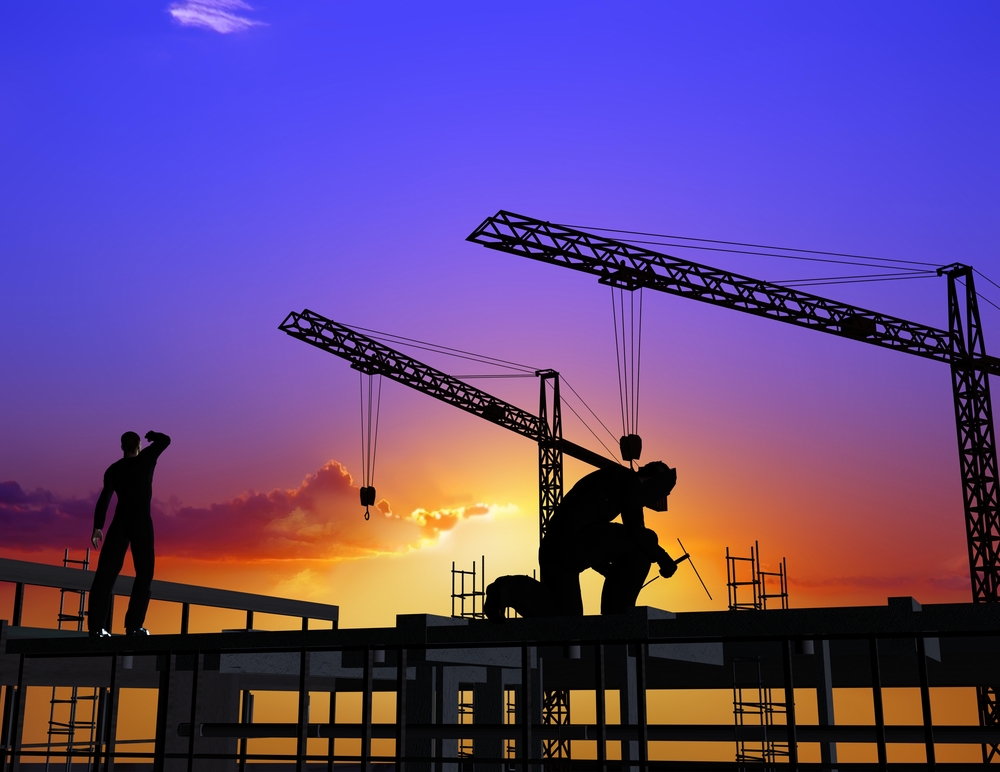The construction industry isn’t immune to risk, whether pre-or post-COVID. Building trades have always faced uncertainty and overcome it.
Just as every coin has a flip side, so does construction. There is risk and opportunity, but even with new opportunities post-COVID, several factors will determine how successful companies and workers will be.
Construction industry risks
Every industry harbors some risk, but construction is prone to hazards, not just physical harm. Private, public, or public-private sector construction companies work with tight variables. Any leeway can run a project over on cost.
Whether rebuilding a home’s deck or taking on a large infrastructure project in a big city, construction companies assume some risk. The most successful construction companies predict public and private needs and then respond to that need.
However, several factors can affect risk:
- Timelines
- Materials costs
- Local, state, and federal oversight
- Resources
- Labor shortages
Despite the risks, a COVID-induced growth spurt is underway in construction. Businesses are demanding that their warehouses be closer to their operations. Homes must withstand the greater likelihood of flooding, and many buildings will have to be tech-ready now that people are learning to work remotely.
Construction Dive reports, “Infrastructure is forecast to be the fastest-growing sector for construction with an annual average growth rate of 5.1% globally during the period from 2020 to 2025, driven by unprecedented levels of government stimulus, including the $1.2 trillion infrastructure act in the U.S.”
As a result, construction companies are witnessing a tremendous growth spurt, requiring an army of skilled laborers. The current talent shortage suggests many opportunities for skilled workers to establish themselves in a dynamic industry poised for new opportunities and growth.
New opportunities for development and growth
Companies looking for opportunities may want to focus on specific strategies for making the most of opportunity.
- Cost-cutting strategies.
Consider sourcing materials locally or building with modular units.
- Climate change resilience
Learn how to construct buildings impervious to climate change problems like flooding.
- Transition away from oil & gas
Build with an electric future in mind.
- Risk monitoring and management controls
Gather data regularly and assess strengths, weaknesses, opportunities, and threats.
The market is ready for skilled construction workers prepared to embrace these changes.
Construction companies must prepare to staff for these new trends in construction. Construction companies focused on pivoting to one of these exciting new directions often work with recruiters who can find skilled employees ready to take on new challenges.








Leave A Comment